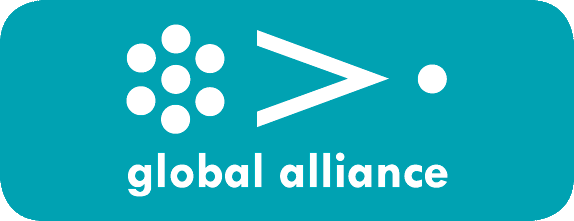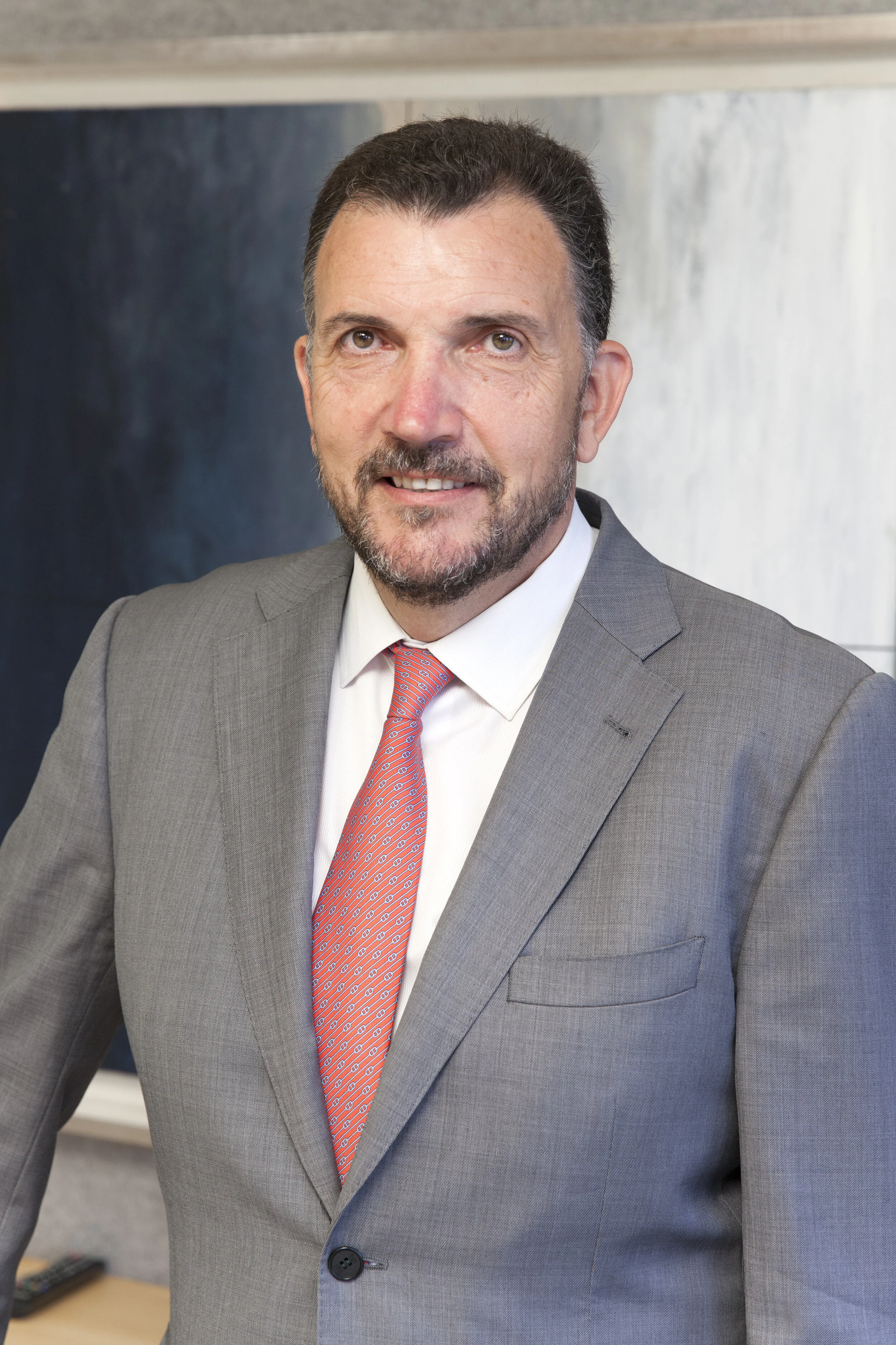Mental health of PR teams
Before the COVID-19 `crisis, behavioral health problems such as anxiety, stress, and depression were widespread, constituting a leading cause of diminished well-being and paying an enormous toll in the form of absenteeism, reduced productivity and increased healthcare costs.
To ilustrate that I provide some data from the World Health Organization:
- Mainly because of demographic changes, there has been a 13% rise in mental health conditions and substance use disorders in the last decade.
- Mental health conditions now cause 1 in 5 years lived with disability.
- Around 20 % of the world’s children and adolescents have a mental health condition, with suicide the second leading cause of death among 15-29-year-olds.
- Approximately one in five people in post-conflict settings have a mental health condition.
- Depression increases suicide risk. About 60 percent of people who die by suicide have had a mood disorder.
- Two of the most common mental health conditions, depression and anxiety, cost the global economy US$ 1 trillion each year.
- Despite these figures, the global median of government health expenditure that goes to mental health is less than 2%.
Mental health conditions can have a substantial effect on all areas of life, such as school or work performance, relationships with family and friends and ability to participate in the community. For instance, in 2019, the World Health Organization labeled employee burnout a medical condition, noting that its cause is chronic workplace stress.
Preexisting mental health challenges have been exacerbated by the impact of the COVID-19 pandemic. Based on analysis by McKinsey, COVID-19 could result in a potential 50 percent increase in the prevalence of behavioral health conditions. IIn a recent poll from the Pew Research Center, 73 % of Americans reported feeling anxious at least a few days per week since the onset of the pandemic.
The pandemic has cruelly reminded us that health is the most precious asset not only for people, but also for companies. Health has a physical and an emotional dimension that are really difficult to dissociate.
As is often the case in crises, these are being times of a lot of communication. Public Relations professionals are on the front lines to help protect individuals and businesses from the consequences of the pandemic. In the field of intangibles, we fight against hopelessness, pessimism, demotivation and misinformation; and on the side of tangibles, against the effects of the economic crisis on the income statement. Our best weapons in this fight are rigorous, timely and punctual information and the channels of relationship established with interest groups.
The first challenge is that communication isn’t deactivate or loose relevance once we overcome the acute phase of the crisis and enter a “new normal”.
We have to be able to show that the contribution of communication to the management and the results of companies is as important in normal times as in times of crisis. Furthermore, good and constant communication management works as a protective shield against events that disturb the normal running of the organization.
Recovery will have a rational and an emotional dimension. The communication department has to work on both. In the first, to participate in the reactivation of operations, with a clear focus on customers. In the second, to take care of the emotional health of the people in the company, since we will continue to move in an environment of uncertainty and turbulence even after the majority of the population is vaccinated.
To take care of the emotional health of the people in the organization, we will first have to take care of our own. For this reason, after many years leading and observing PR teams, I have identified some levers that contribute to taking care of the mental health of communicators. I will refer only to those that are particularly relevant for communicators, assuming that others that concern any type of worker are met, such as a good balance between personal life and work, sufficient hours of rest or disconnection and a healthy work environment in every sense.
The first and most important is to increase the self-esteem of the teams through the defense of the value that the funtcion provides. You have to convince your team that your first mission is to add value to the company and your second mission is to "elevate the role." Working on the purpose of the organization can help a lot to raise this self-esteem because it connects us with one of the elements that contribute the most to raising collective morale: feeling that with your individual effort you contribute to something greater and collective.
If part of our job is to take care of the "corporate vanity" and the ego of business leaders, -so that it serves as an engine of progress, on the one hand, and so that it does not separate from reality, on the other- we will have to take care of our own vanity as a function and our own ego as professionals.
The second is to have fluid and close communication internally. Communication teams often fall into the same mistake they see in others: internal communication deficit. If our raw material is information, it cannot be poor. Even the humblest member of the team must have the feeling that by being part of the communication area he or she is better informed than the rest of the staff. I'm not talking about inside information, but about feeling privileged.
The third is that communication teams need to be more diverse than teams for other functions. Its mission includes understanding, stimulating and managing diversity at the deep level, which refers to the creation of a climate of trust that allows the expression of all opinions, regardless of hierarchical position, ethnicity, gender, orientation, religious belief, political ideology or cultural traits.
The fourth is to get out of the workplace more frequently. PR teams need more fresh air than other functions. They need to move more, travel more, visit other teams, capture new ideas where they flourish, bond and create new relationships. The function itself is called "public relations", that is, the key is to create and nurture relationships. The restrictions caused by the pandemic have made these relationships difficult, because hugging a partner is not the same as seeing him on a screen.
Creativity is one of the increasingly necessary skills for a communicator. Creativity feeds on different perspectives, the crossing of ideas and critical thinking. We will hardly find such inspirations if we do not move from our site.
And the fifth is to have and share a great sense of humor, even black humor that works as an escape valve in stressful situations. The communication team has to generate a good mood internally and in their environment.
In my days as a journalist I had a colleague who called the newspaper editorial office as "psychiatric". It seemed a miracle that some journalists running through the newsroom, answering telephones and typing on keyboards at the same time, shouting to ask for a photo from the archive and with the stress of the closure, were able to put a worthy product on the newsstands the next day. Often the office of a PR team remembers a newspaper office, although today they are much quieter, but for the miracle of communication to become a recurrent and normal work, it is essential that the communication teams know where is the border between madness and lucidity,
Sometimes it is not possible to be happy, but we can always be at peace. Let us seek the havens of peace that help us win this war against disease, crisis and distrust. And, from the point of view of the function, let us lead the narrative about the need to take care of the body and the mind of companies. Let us be warriors of corporate peace and well-being.
José Manuel Velasco
Immediate Past Chair
Global Alliance for Public Relations and Communication Management
Any thoughts or opinions expressed are that of the author and not of Global Alliance.

